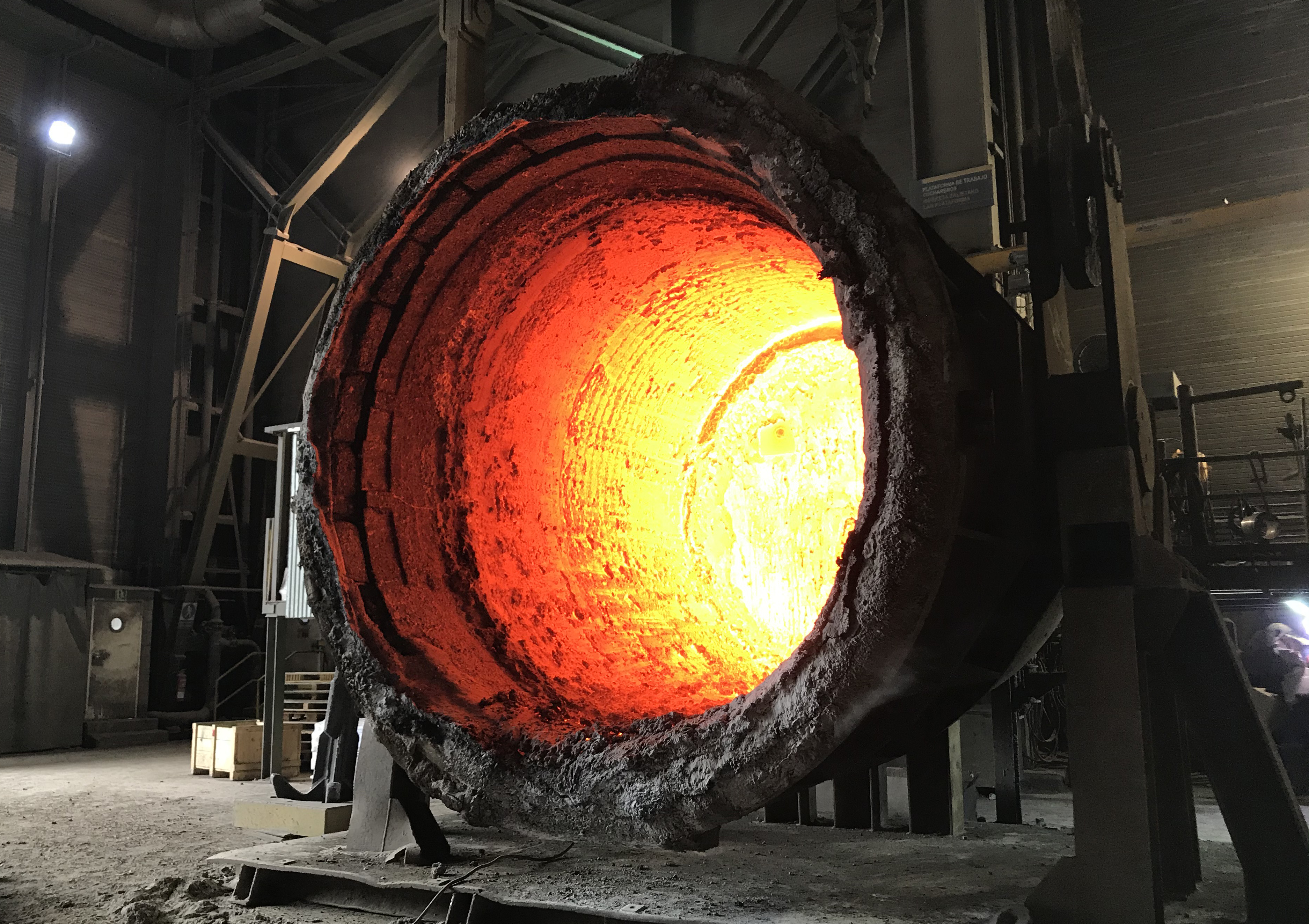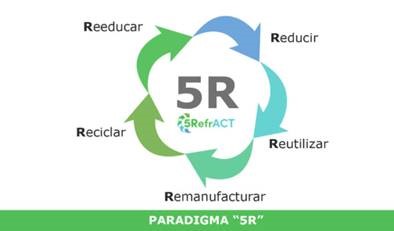
LIFE 5RefrACT is a Circular Economy project focussing on the valorisation of refractory waste. Such materials are characterised by their capacity to withstand severe operations and, above all, by their resistance to high temperatures; for this reason, Sidenor commonly uses them in the electric arc furnace, the reheating furnaces, the heat treatment furnaces and all installations which must withstand the high temperatures of our special steels.
So far, Circular Economy has traditionally implied the “4R” paradigm (Reduce-Reuse-Remanufacture-Recycle): this project aims at including the “Re-educate” concept in order to switch to “5R” in the iron and steel sector and refractory market, thus achieving an integral valorisation of these materials.
Besides this general objectives, the project also pursues the following specific goals:
- Developing new recycled refractory materials of high added value.
- Avoiding landfilling and thus reducing land occupation and soil pollution.
- Reducing CO2 emissions, as it is not necessary anymore to produce magnesite and alumina from the originating mineral.
- Contributing to the “State of the art” in the management of refractory waste, thus helping fill the BREF document on steel, with specific methodologies and applications.
- Analysing synergies between the iron and steel industry and other energy-intensive industries in order to establish new circular economy models.
We are not alone in this project. Although Sidenor is indeed the sole coordinating partner, we rely on the cooperation of Sidenor R&D, which leads the industrial trials, using recycled materials in non-critical process points, as well as of other major partners such as MAGNA, REFRALIA, LCA and the University of Malaga.
Among the achieved results, it is worth highlighting the development of new products including up to 70% of the material recycled from the main refractory waste generated in a steelworks: MgO-C bricks, high alumina, isostatics and MgO tundish masses.
The industrial trials have demonstrated the technical feasibility of all solutions contemplated in the project, although it is worth highlighting that the valorisation of tundish masses, a type of waste that had been so far intended for landfill, was achieved for the first time.
Besides, we have studied the suitability of the LIBS technology as a means to separate refractory waste according to its major component and even managed to identify the zirconium peak, a critical aspect in the valorisation of isostatics.
Now that the project is in its final phase, we are working on enhancing the replicability of the solutions in other steelworks and industries. Likewise, after identifying the new recycled products, we carry out a life cycle analysis where we calculate the environmental benefit / impact of each proposed scenario.
Re-education is very important in this project ; for this reason, we intend to disclose and establish guidelines in order to facilitate the adoption of these strategies in the European iron and steel industry by disseminating the good practices defined in the sector; as a matter of fact, this concept was presented in various fora, more precisely by Sidenor R&D at the ESTAD 2019 conference, which was attended by over 1,200 visitors, as well as at the Mineral Recycling Forum during three consecutive years.
All information is available on its webpage https://www.life5refract.eu/es/, where you can download various materials and consult a technical blog in which hall partners participate each month.



